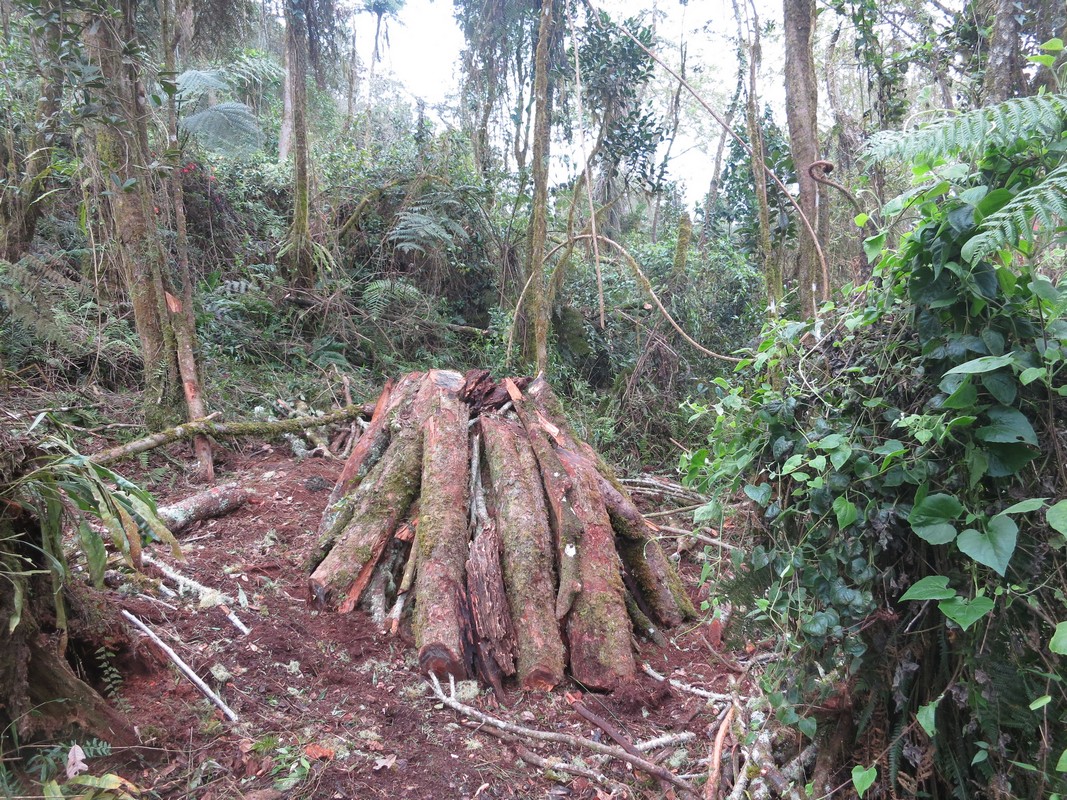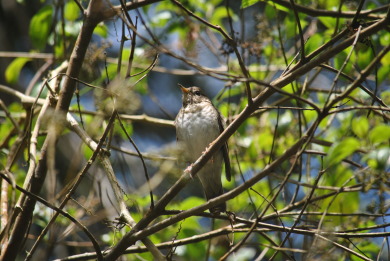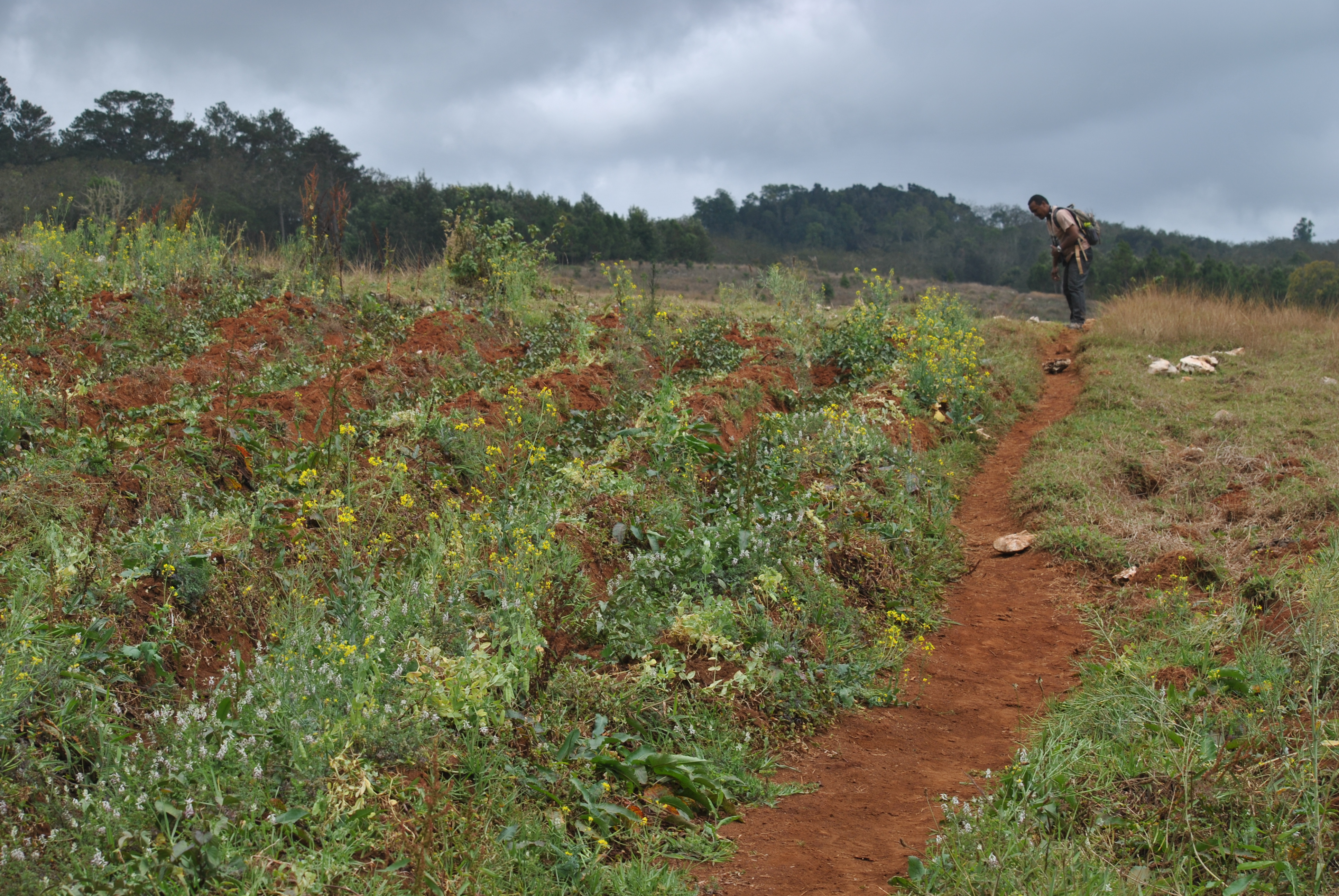Sierra de Bahoruco is widely considered to be the Dominican Republic’s crown jewel of protected areas. Harboring an extraordinary array of flora and fauna, with high levels of endemism, Sierra de Bahoruco comprises a core overwintering area for Bicknell’s Thrush. In December of 1994, VCE began its investigations of the species’ winter ecology and population dynamics at a remote cloud forest site in Bahoruco, work that now spans two decades and has helped put Hispaniola on the global avian conservation map.
Regrettably, an ecological crisis is unfolding on the southern slopes of Bahoruco, one that demands immediate and decisive attention. Illicit commercial agriculture and subsistence farming are operating unchecked inside and around the national park, whittling away the forests that are home to Bicknell’s Thrush, Black-throated Blue Warblers and several rare Hispaniolan endemic birds. In mid-February, I spent 3 days exploring southern Bahoruco with Yolanda Leon, President of VCE’s long-time Dominican conservation partner Grupo Jaragua. Under a grant from the New York-based Bicknell’s Thrush Habitat Protection Fund, Yolanda and her Jaragua colleagues systematically surveyed this area during the 2012-13 winter. Their detailed findings, outlined in a recent report, starkly document sobering and unsustainable forest loss in southern Bahoruco.
On 15 February, Yolanda and I hiked with Esteban Garrido and his family through a narrow, ever-dwindling band of lush cloud forest at ~1600 meters elevation. The site, Los Arroyos, is well within the national park and features a designated birding trail that Esteban had helped to establish several years earlier. As we clambered out of our 4×4 vehicles, we heard the haunting, dissonant song of a Rufous-throated Solitaire, a signature cloud forest species. However, scant moments later and only meters along the trail, my heart sunk. Unmistakable signs of human impact hit hard — freshly-cut stumps, downed branches, charcoal oven remnants. The birds were there — a Hispaniolan Trogon perched motionless 5 meters away, Narrow-billed Todies sang, and Hispaniolan Spindalis foraged energetically overhead — but this was no longer a pristine forest. We even found 5 Bicknell’s Thrushes, each of which responded to a vocal playback (virtually the only way to find this species in winter outside its narrow window of dawn and dusk calling). One bird provided my best-ever view of this species in its winter haunts, perching 3 meters over our heads for a good 2 minutes.
A kilometer further, we exited the forest into a large clearing that is in the early stages of becoming a commercial avocado plantation. Surrounded by a towering wall of cloud forest, a few horses and cows grazed among rows of recently-planted avocado saplings. Commercial avocado farming is but one of several human activities putting southern Bahoruco seriously at risk. The issues are highly complex, and conservation will require a multi-faceted, collaborative approach. VCE and our partners are committed to tackle this untenable situation during the months ahead. Although time is not our ally, targeted and resolute action may be able to turn the tide. We have no other options.



